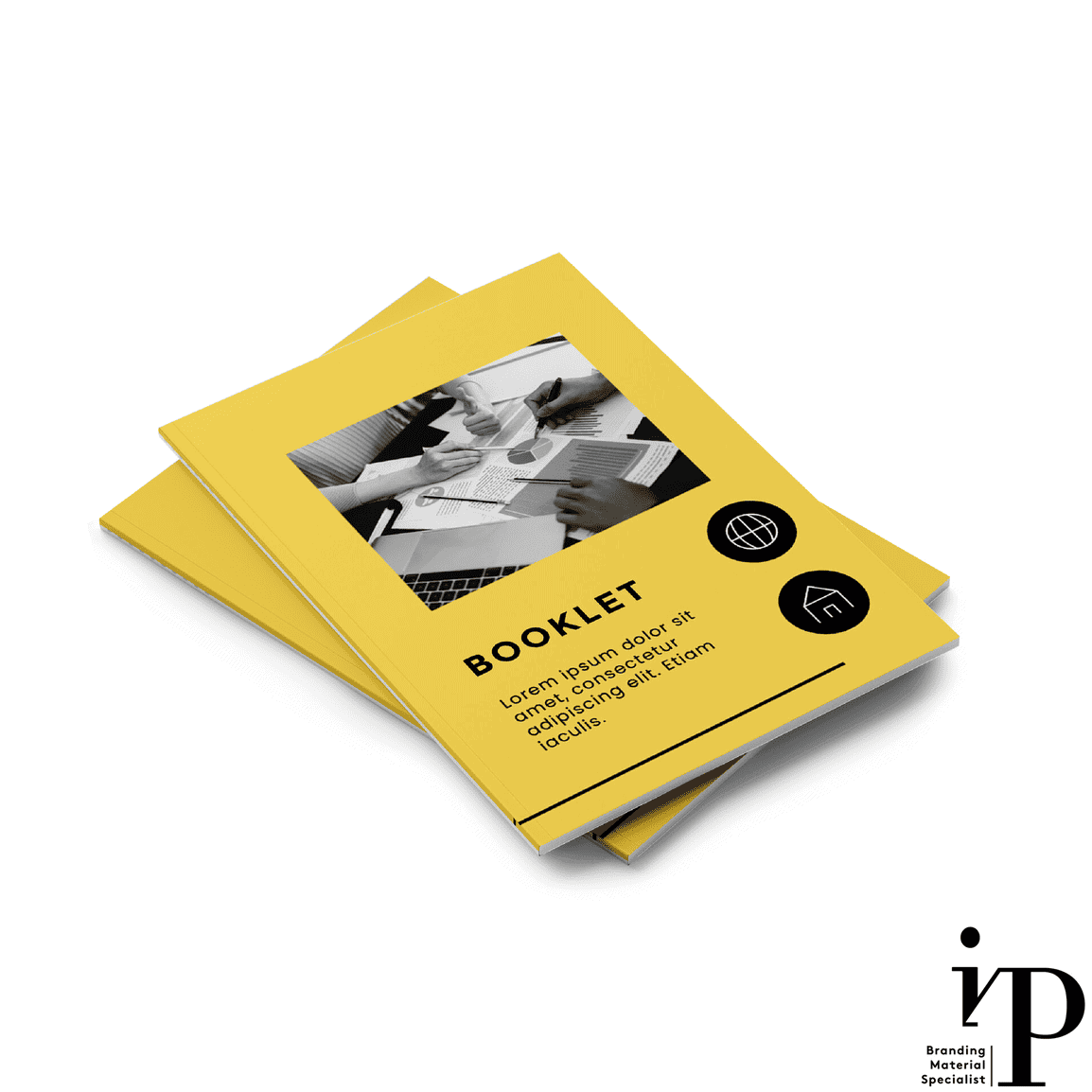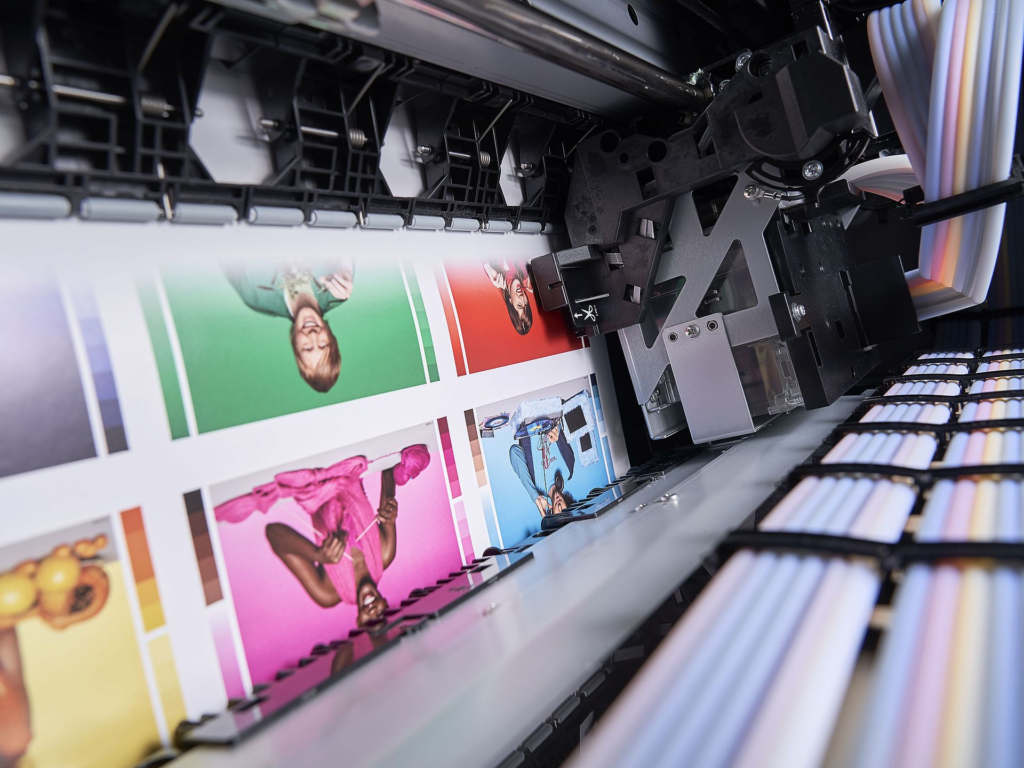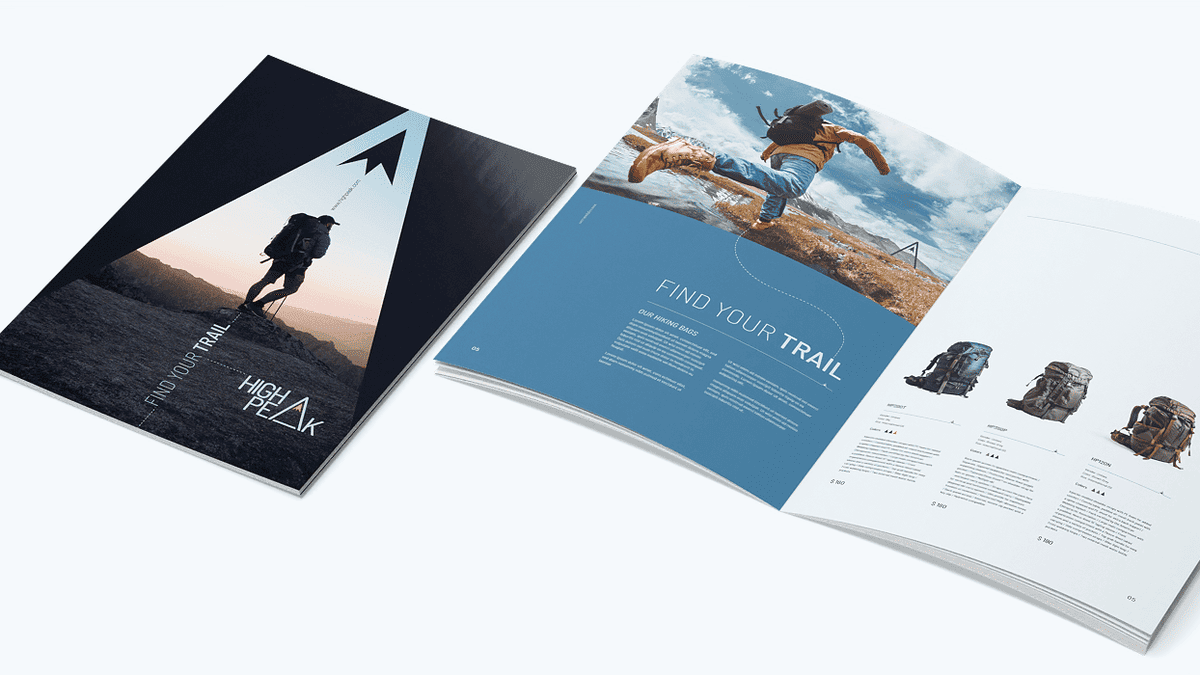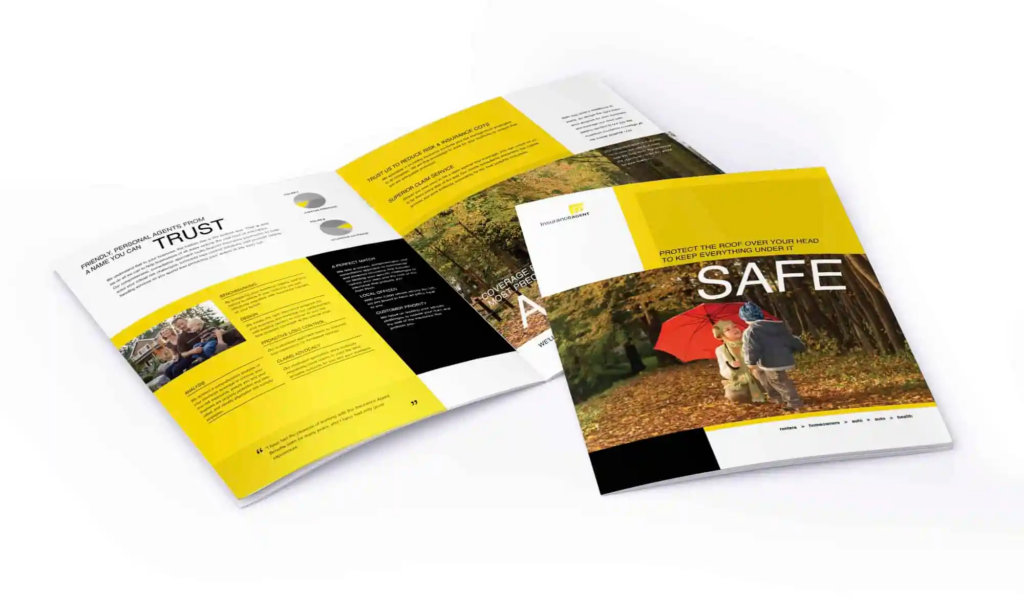Last Updated on February 10, 2025 by Packoi Team
The rise of digital technology has truly revolutionized the printer industry, making it easier than ever before to bring your media projects to life.
Whether you decide you’re looking for pages to showcase your latest projects or provide detailed information about your services, digital booklet printing is the way to go.
So why wait? Dive into this exciting world of media production and let your creativity shine with this booklet!
Advantages of Digital Booklet Printing
Digital booklet printing offers several advantages over traditional printing methods, especially when it comes to folding brochures and catalogs. Let’s explore the benefits of using digital printing for your company’s next print job, including the wide range of paper choices available.

- Quick Turnaround Time: With digital presses, booklet printing, and folding brochures become faster and more efficient. This allows for quicker production and delivery of catalogs, saving time for both businesses and customers. Get the job done quickly and efficiently with our fast and reliable work.
- Variable Data Printing: One of the key advantages of digital booklet printing is the ability to personalize the content of each booklet. Through variable data printing, businesses can customize booklets with relevant information tailored to individual recipients. This personal touch enhances engagement and creates a more impactful experience for those who fold brochures and catalogs and work on the job.
- On-Demand Printing: Traditional printing often involves large print runs of brochures and catalogs, leading to excess waste and storage costs for businesses. However, digital booklet printing enables on-demand production, eliminating the need for excessive inventory. This not only reduces waste but also minimizes storage expenses for businesses.
Disadvantages of Digital Booklet Printing
Digital booklet format and catalog printing, while offering convenience and flexibility to potential customers, do come with their fair share of disadvantages. Understanding these drawbacks can help you make an informed decision when choosing the right printing method for your booklets.
One major disadvantage of digital booklet printing is the limited paper color options available compared to offset printing. With digital printing, you may have fewer choices in terms of other types of paper weight, texture, and finishes. This limitation can impact the overall look and feel of your booklet
Another drawback of digital prints is that the quality of the booklet cover, brochure, and catalog may be compromised when dealing with computers or large print runs. As the quantity increases, there is a higher chance of inconsistencies in color accuracy or image sharpness. This can be particularly noticeable if you are aiming for high-quality prints.
Digital booklet printing tends to have a higher per-unit cost for large quantities. While it offers cost-effective solutions for small print runs, the price per unit can become less competitive as the volume increases. Therefore, if you require a substantial number of printed brochures, offset printing might be a more economical choice.
Offset Printing VS Digital Printing
Offset printing and digital printing are two different types of printing methods, both widely used in the printing industry. Here are some of the key differences between the two methods:

Speed
Digital printing is typically faster than offset printing and has the ability to quickly produce short runs. Offset printing is often used for larger runs with multiple print jobs or when a high level of consistency and accuracy of output is required.
Material
Offset printing uses a system of plates, dies, and presses to transfer ink onto paper, wood, or other substrates. Digital printing uses a printer and computer-to-printer interface to transfer ink directly to the substrate or printed piece.
Quality
Offset printing often produces high-quality print jobs with crisp, consistent images and text. Digital printing can also produce high-quality print jobs, but the quality can vary depending on the printer and the substrate used.
Cost
Offset printing can be more cost-effective for large runs, while digital printing is often more cost effective for short runs or variable-data printing.
Versatility
Offset digital printing presses can produce a wider variety of materials and substrate weights, while digital printing is often better suited for lighter, less-absorbent substrates.
In summary, offset printing and digital printing both have their strengths and weaknesses, and the best choice will depend on the specific needs and goals of the project. Digital printing is often preferred for smaller runs, short turnaround times, and variable data printing, while offset printing is often chosen for larger runs, high-volume production, and when a high level of quality and accuracy is required.
Factors to Consider When Choosing Digital Booklet Printing
Here are some of the main factors to consider when choosing digital booklet printing:

Quantity
The quantity of booklets you need to produce is an important factor to consider when choosing a digital printing solution. The pricing for digital printing often varies based on the quantity, and the cost per booklet for digital presses can increase significantly for longer runs.
Cost per booklet
Another important factor to consider is the cost per booklet. Digital booklet printing can be cost-effective for smaller runs, for example, but the cost per booklet can add up quickly for larger runs, making it less cost-effective for high-volume production.
Print Quality
Print quality is another important consideration when choosing digital booklet printing. Digital printing offers high-quality printing that can match or surpass traditional printing methods, but the quality can vary depending on the printer, ink, and substrate used.
Variable Data
If you need to print variable data, such as personalized names or addresses, digital booklet printing is a great option. With digital printing, it’s easy to print unique data for each booklet you create without the need for expensive plates or dies.
Turnaround Time
The turnaround time for digital booklet printing can be much quicker than traditional printing methods. With digital printing, you can often get a digital print-out job turned around in as little as a few days, compared to several weeks for larger print jobs.
Environmental Impact

The digital booklet printing process can have a larger environmental impact than traditional printing methods due to the use of high-energy machines and toxic ink.
Learning Curve
There can be a learning curve associated with digital booklet printing, especially for designers or editors who are not familiar with the technology.
Size and Weight
Some digital printing solutions may have limitations in terms of the size and weight of the booklets produced. You’ll want to consider the maximum size and weight of the booklets you’ll be printing and the maximum size and weight supported by the digital printers that you’re considering.
In summary, when choosing digital booklet printing, it’s important to consider these factors. You’ll also want to make sure to choose a printing solution that best meets your specific needs and goals.
Conclusion
In conclusion, digital brochure printing has its advantages and disadvantages, but it can be a viable option for many projects. By carefully assessing your needs and considering the key factors above, you can determine if digital brochure printing is right for your business and specific requirements.
Printing Your Booklets with Packoi Printing Today
Packoi Printing has a wide range of printing technologies to ensure that your custom brochures are of high quality. Design and print your brochure, we have a professional team to meet your needs!
Contact us, and we’ll get back to you with a quote as soon as possible.




